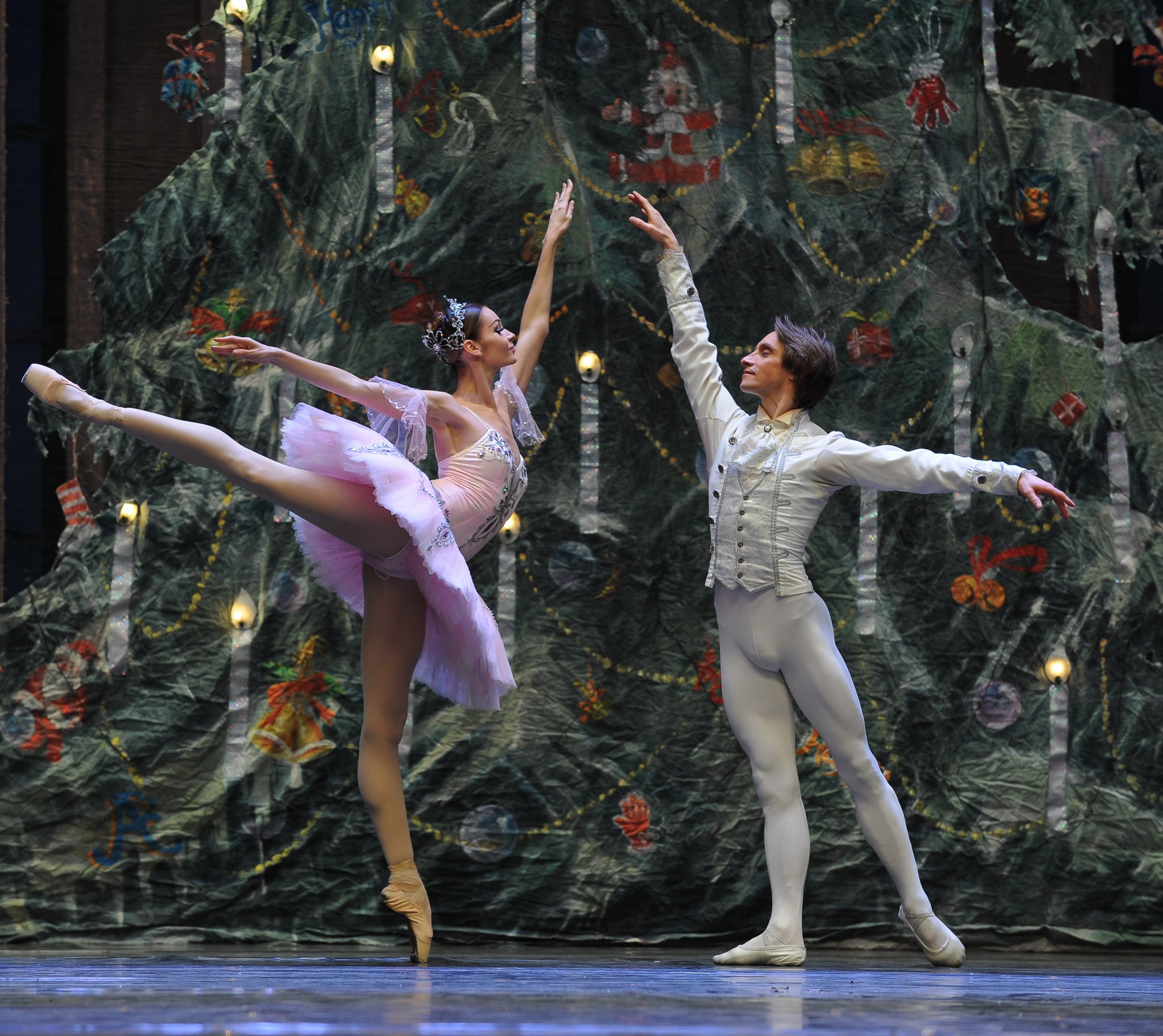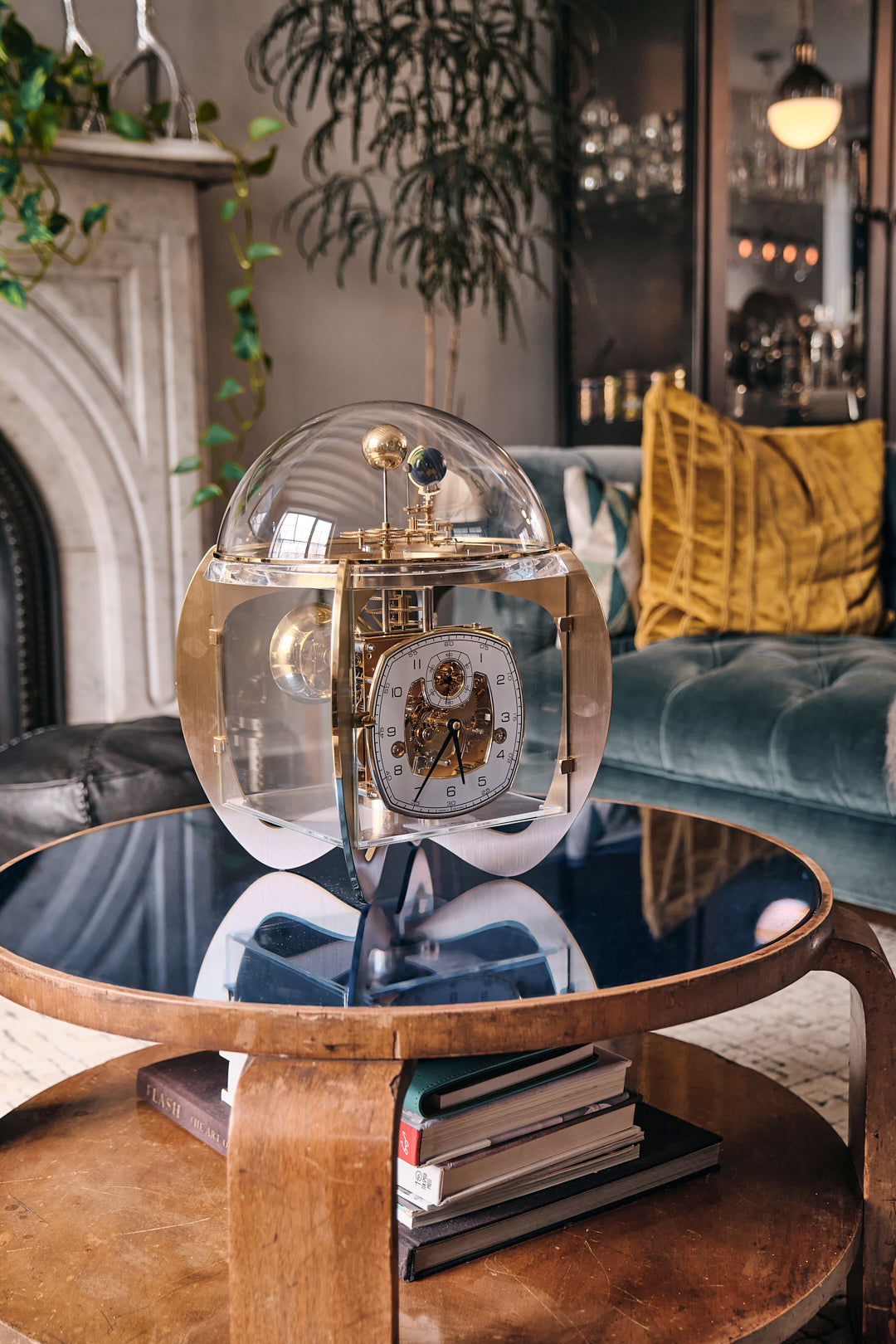Several Christmas stories incorporate the theme of clocks, either symbolically or as a central plot element. Here are a few examples.
- “A Christmas Carol” by Charles Dickens:
In Dicken’s timeless classic, “A Christmas Carol”, the Ghost of Christmas Yet to Come, also know as the Ghost of Christmas future, reveals a scene with a neglected, unused clock. This represents the inevitable passing of time and the impact of one’s actions on the future.
- “The Gift of the Magi” by O. Henry:
While not exclusively a Christmas story, “The Gift of the Magi” often finds its way into Holiday collections. In this tale, a young couple sacrifices their most prized possessions to buy gifts for each other. The story unfolds against the backdrop of time ticking away, emphasizing the fleeting nature of moments and the importance of selfless love.
- “The Polar Express” by Chris Van Allsburg:
In “The Polar Express, “a magical train takes children to the North Pole on Christmas Eve. The ticking of the train’s engine and the punctuality of its schedule create a sense of urgency and excitement, highlighting the journey’s time-bound nature.
- “The Nutcracker” by E.T.A Hoffman:
In Hoffmann’s classic tale, adapted into the famous ballet “The Nutcracker” by Tchaikovsky, the striking of midnight is crucial moment. Clara’s magical journey with the Nutcracker Prince begins at the stroke of midnight, adding a time-bound element to the fantastical Christmas adventure.
- “The Little Match Girl” by Hans Christian Andersen:
Andersen’s poignant story revolves around a poor girl selling matches on the street on a cold New Year’s Eve. The passing of time is a central theme as she lights matches to briefly escape her harsh reality, creating a bittersweet narrative that reflects on the transient nature of life.
These stories use clocks and the passage of time to convey deeper themes related to the Christmas spirit, generosity, love, and reflection.





